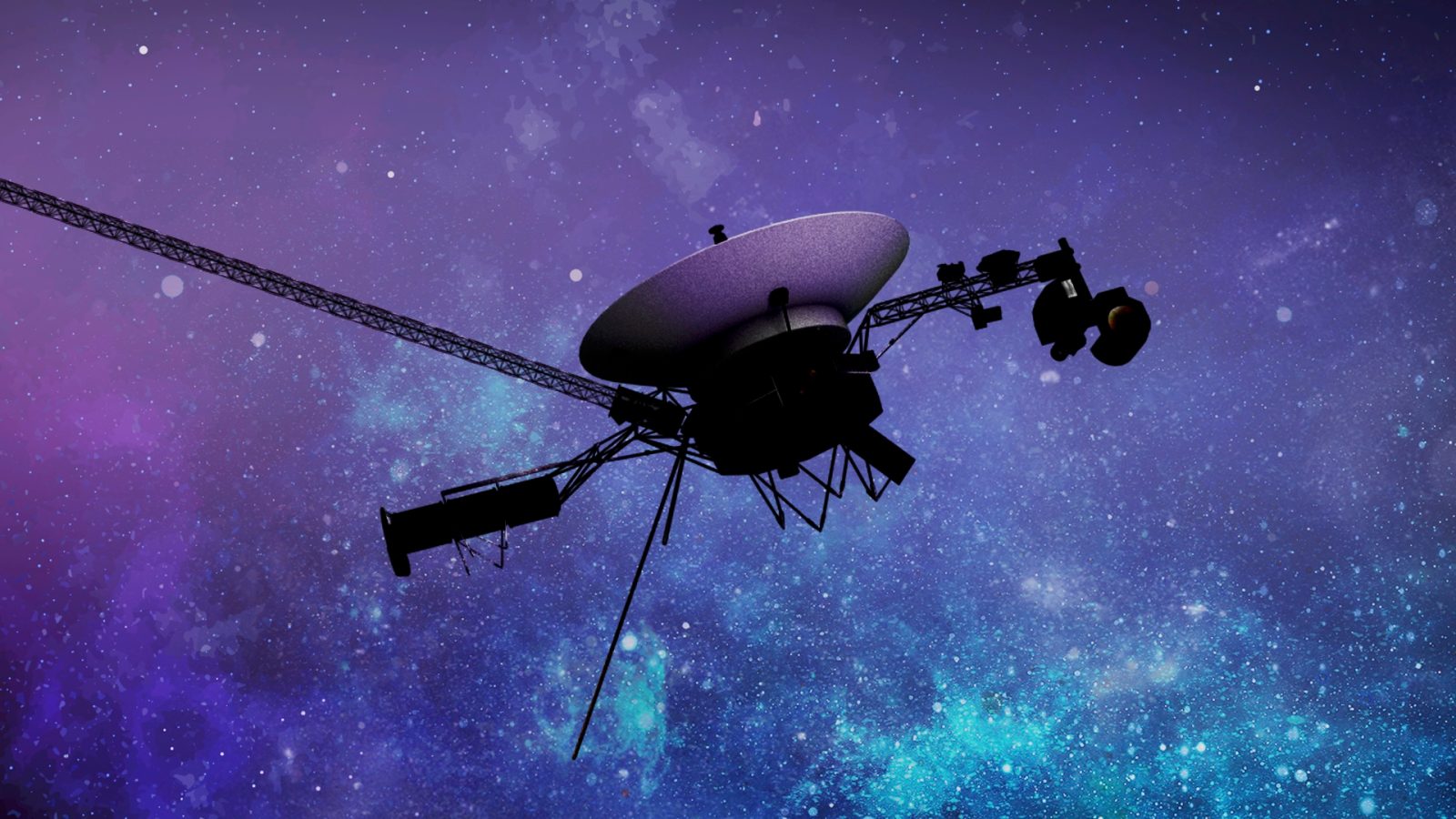
NASA announced Wednesday that Voyager 1, its furthest operating spacecraft, is no longer able to send usable data back to Earth. The issue has been happening since November and teams on the ground are still working on a solution that could take weeks more to solve.
Voyager 1 sending nothing but garbage
Voyager 1 has experienced a computer glitch on one of the spacecraft’s three onboard computers. Called the flight data system (FDS), it can no longer communicate properly with another subsystem called the telemetry modulation unit (TMU). This results in the inability for Voyager 1 to send any science or engineering data back to Earth.
However, Voyager 1 can and still is, receiving and executing commands from Earth. A very good sign as without that ability, Voyager 1 would have a much higher chance of being loss.
In a normal scenario, data from the FDS would be gathered from the various sensors and instruments on the spacecraft, packaged up into a bundle of ones and zeros, and then sent back to Earth via the TMU. In the current scenario, the ones and zeros are stuck in a repeating pattern, unusable to engineers and scientists on the ground.
These “packages” of ones and zeros, called binary, is the basic communication method for all computers. In a world less worried about efficiency, data could be transmitted using much easier to understand to humans formats like XML or JSON (the only way I can easily explain what these are is like imagine a really nerdy and techy version of a forum with nesting items, but for data storage).
However, when interoperability and efficiency is key, to binary we go. On a personal note, I remember having to parse binary by hand for a project using ADSB transceivers when I was a software engineer. Fun times (not really).
NASA attempted the age old solution to anything computer related, turning it on and off again, but the pesky FDS continued sending garbage data. Launched in 1977, many of the documents written by the original engineers are decades old and were written with the idea that the spacecraft wouldn’t last longer than its five year lifespan. So NASA isn’t optimistic on having a fix in the short-term. Rather it could take weeks to come up with a new solution.
Join our Discord Server: Join the community with forums and chatrooms about space! Also, directly support us via a Server Subscription!
How much longer can the Voyager probes live?
Launched along side its twin, Voyager 2, Voyager 1’s mission was to fly by the outer planets of Jupiter Saturn, Uranus, and Neptune. After completing that goal, NASA sent the probes on a new mission to explore the outer most regions of the solar system.
Currently Voyager 1 is over 15 billion miles away from Earth and Voyager 2 is more than 12 billion miles. Both probes passed the Heliopause, the boundary between the outer reaches of our solar winds and interstellar space. This means the data Voyager 1 and 2 are sending back to Earth is unmatched to any other mission at the moment for heliophysic research.
The age and distance of the two Voyager probes bring troubles to their continued operation. For starters, its takes almost a day (22.5 hours) to reach Voyager 1 with a high power radio burst encoded with new commands. Likewise, it takes Voyager 1 a day for its telemetry to reach Earth. Meaning a round trip troubleshoot of any problem takes two days. And that’s just to know if what you told it to do worked.
In order for the probes to last as long as they have, NASA has had to shutdown certain instruments to conserve power. Powered by three radioisotope thermoelectric generators each, a generator powered by the decay of radioactive material, the spacecraft could have power for as long as into the 2030s.
NASA has shutdown any instrument that isn’t useful when studying interstellar space like cameras and spectrometers. This conserves power both in their operations but keeping them at optimal temperatures using heaters.
Eventually NASA will have to be more picky on what instruments it keeps operating as power levels dwindle. But for now, they are just worried about getting its science data back online.
FTC: We use income earning auto affiliate links. More.

Comments